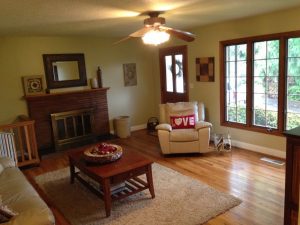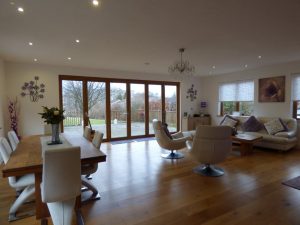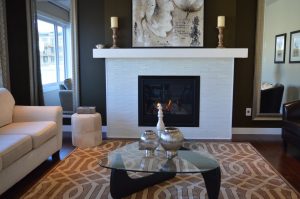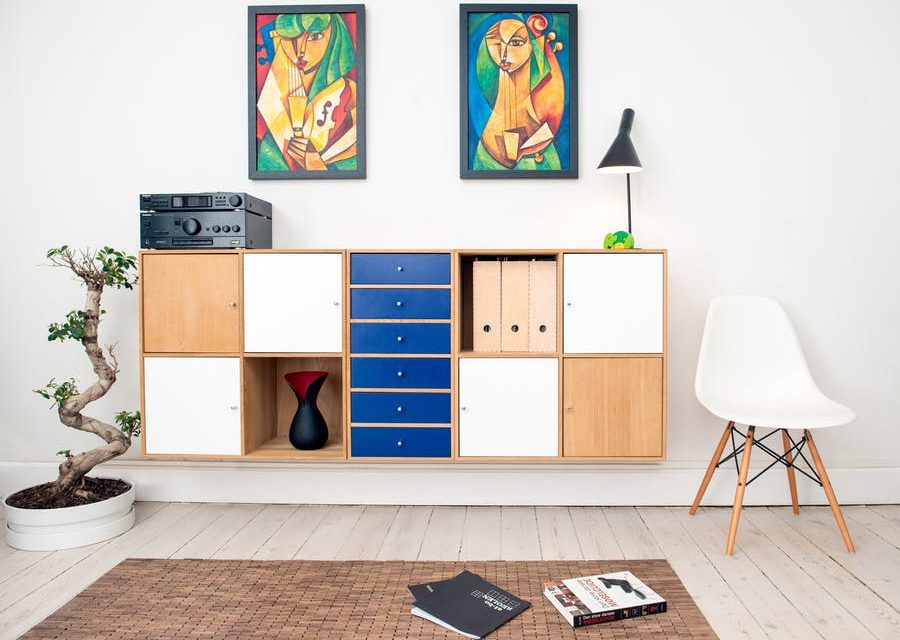Unless you’re fortunate enough to be having your brand new house built from the ground up, chances are the house you currently own has its interior decorated with more of an older style. But not everybody likes pre-built houses due to this reason, which is why some people prefer getting their dream home built from the ground with the help of Southdown Homes (click here to learn more about them).
That said, if you are like those people, then there is a good chance that you are indeed having a contemporary update done to your interiors, but there might be a part of you that still wants to maintain a bit of classic charm to the styling. If that is the case, then there are some handy hints you can use to make sure it all comes out perfectly.
The Bigger Picture Approach to Interior Design

The desire to maintain a classic feel to your contemporary interior update largely stems from a deep-running love for all the charm and character which comes with classic decor styles that had a bit more of a personal touch to them. Ultra modern and contemporary interiors can very easily carry that feeling of just being way too sterile and not feeling like a home at all, but in order to strike a balance between modern functionality and classic charm you need to look at the bigger picture of your interior update project. Take something functional like a coffee table – it provides somewhere to place your drinks whilst sitting on your sofa. You can choose either a traditional or modern style, but either way it makes a house feel more like a home designed for everyday life.
Complementary Styling to Create the Bigger Picture

It’s not so much about splitting the styling right down the middle with every single room of the house, but rather about looking at the overall styling of your interior spaces, which would then have that required balance between contemporary and classic. So you can go ahead and do up your living room in a modern style for example, modernising your old fireplace as one of the updates if you must. The bigger-picture view then comes into effect when you consider the spaces surrounding that modernised interior, like taking into account how wide open spaces with big windows are characteristic of modern living spaces. In this case a nice country-styled garden which you would look out to from this modernised living room will be more than enough to balance the contemporary styling with the required classic charm.
To put it in a nutshell, basically you want to be able to sit in a modern setting and with a little look around be able to enjoy some classic charm and character, and vice-versa…
The Only Way to Fuse Contemporary and Classic Styles

As far as individual styling goes, contemporary and classic styles are naturally at two opposing ends, which is perhaps the reason why it’s better to try and complement these styles instead of aiming to blend them both into one space. That can be done however with the installation of laminate flooring from Floors Direct. In all honesty that’s about the only way I know to fuse classic and contemporary styling in a manner which actually works aesthetically, but the trick is to sort of keep things bottom-heavy in terms of the colours. What I mean by this is that your darker colours need to be confined to the bottom third of the room (the floor, heavy furniture pieces, etc) while the top two thirds of the room need be done in very light colours such as those whites and very light greys (or blues) which have very little detailing.
The effect you’d aim to achieve is that of the eyes being drawn to the bottom third of the room to account for the classic side of the styling you’re going for, while the contemporary styling will impose itself in more of a natural manner since its detailing occurs within the natural eye-line of anyone looking in on or enjoying the space.
Maintaining Natural Style Transition and Flow

When going for that discussed “bigger-picture” approach to updating your interior spaces while maintaining elements of that classic feel through complementary styling you want to maintain a natural flow from one style to the other. It shouldn’t be a simple matter of one room being completely contemporary with its styling ending at a clearly visible “cut-off” point as you style the next room in more of a classic look. This can be very tricky to achieve but is indeed something that can be done as well, simply through ornamental overflow.
What I mean by this is that you would perhaps put up some classic decorations as you get closer to the entry point of the next room which is classically styled so that you create the impression that one is now making the transition from contemporary to classic as they leave the room they’re in and entering the next, and vice-versa.
Cosmetic and Structural Overflow

In addition to the ornamental styling used you’d perhaps also use rugs, artwork or even make structural transitions like fading wall paint colours or complementary styled door frames and doors to signal the transition and entry into the room which is styled differently to the one you’re coming from.
By way of structural overflow, this would be accounted for with something like lighter laminate flooring in the mould of something like Kronotex Summer Oak Grey leading up to darker laminate flooring to symbolise the transition from a contemporary interior space to your more classically styled space.
Functional Classic Decor Elements

When any doubt about whether or not a classic element to be kept will work well to complement the contemporary update you’re carrying out, simply ask yourself if that classic element is functional or not. Something like a log-wood stove with an exterior-leading chimney is a good example of a functional classic interior design element and this approach inherently takes care of the aesthetic appeal in that whatever is primarily functional will look like it belongs in any space, even if it boasts more of a classic style and is to be installed in a contemporary space.
- Overcoming Challenges in the Production of THC Seltzers - 10th May 2024
- The changes in dental marketing - 12th October 2022
- Online aligners or surgery based ones? - 12th October 2022








